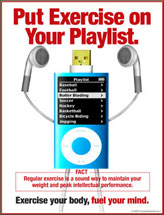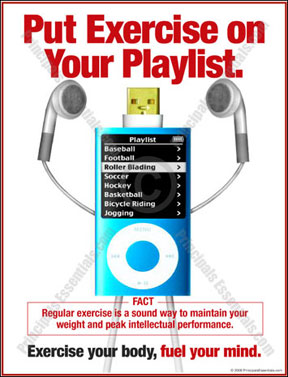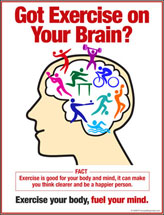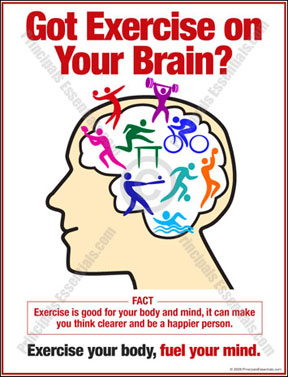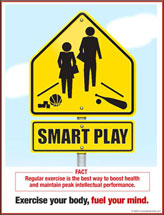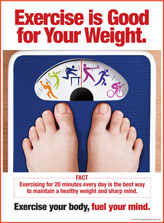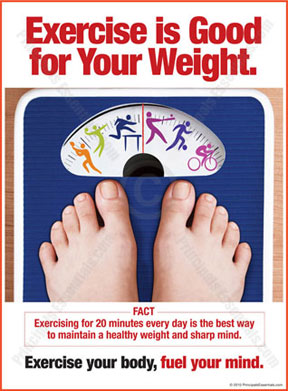The Problem
• Inactive teens tend to feel more depressed, frustrated and are more likely to drop out.
• Overweight teens often grow into overweight adults with a higher risk of heart disease.
• Teens spend about 30 hours a week in front of a TV while eating high-fat snacks.
A Youth Risk Behavior Study found that obesity in school students is of particular concern. The survey indicated that among high school students, 13% are obese and several behaviors reported put them at risk for being overweight: low consumption of fruits and vegetables, and low levels of physical activity while 1/3 drank soda at least daily and watched TV for 3 or more hours daily with an additional 3 hours of video or computer time. The survey also reported that overweight/obesity of children 2 to 5 years by ethnicity. Native American young children have the highest rate of overweight/obesity at 43.9% followed by Hispanic children at 35.6, Asian/Pacific Islander at 32.9%, followed by white at 26.7% and African American at 23.5%.
The Solution
Communicate to Students. Talk to students about exercising regularly and highlight the problem with posters from our "Teen Exercise" Program.
Encourage Regular Exercise. Physical fitness is crucial for all teens. In combination with healthy eating, it's the best way to boost health and happiness, reduce weight and maintain peak intellectual performance.
Start After School Programs. Aerobic exercises are perfect for teens who like variety. Some possibilities include running, cycling, swimming, tennis, basketball, dancing, kick-boxing, hockey, soccer, jumping rope and handball.



